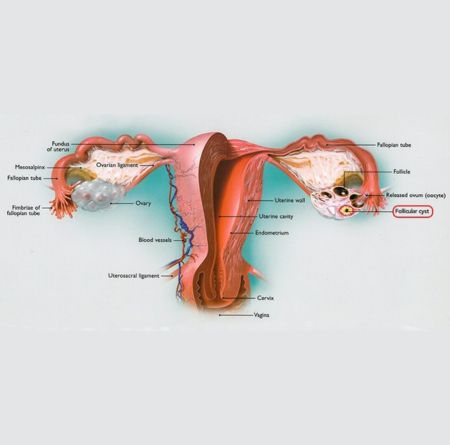Adnexal masses

Adnexal masses are abnormal growths or tumors that form in or around the structures adjacent to the uterus, such as the ovaries, fallopian tubes, or surrounding tissues. These masses can vary in size, shape, and composition and may be benign (non-cancerous) or malignant (cancerous).
The causes of adnexal masses can vary and may include ovarian cysts, ovarian tumors (such as dermoid cysts or cystadenomas), ectopic pregnancies, pelvic inflammatory disease (PID), endometriomas, or metastatic cancer from other parts of the body.
Symptoms of adnexal masses can vary depending on their size, location, and whether they are benign or malignant. Some masses may cause no symptoms and are discovered incidentally during routine pelvic exams or imaging tests. Others may cause symptoms such as pelvic pain or discomfort, abdominal bloating or swelling, urinary urgency or frequency, changes in menstrual patterns, or pain during intercourse.
TREATMENT
- Dermoid cysts (cystic teratomas) : Dermoid cysts are the most common type of pathological cysts for women under the age of 30. It forms due to a totipotential germ cell (a primary oocyte). A totipotential germ cell is a cell that can form all orders of cells that are required to form mature tissues. Dermoid cysts contain bone, skin, hair and sometimes even other tissues (e.g. teeth).
- Cyst adenomas : Cyst adenomas are more common to postmenopausal women. Such ovarian cysts develop from cells which cover the outer part of the ovaries. Since they are not inside the ovary they have potential to grow considerably large.
- Endormetrioma/chocolate Cysts : It is also known as endometriosis of ovaries and is caused when a tiny patch of endometrium grows inside the ovaries. During each menstrual cycle the endometrium grows, thickens and sheds. Normally, this blood leaves through the vaginal opening. But when this patch grows in the ovaries the blood has nowhere to go, which results in a buildup of blood and a brownish color.
